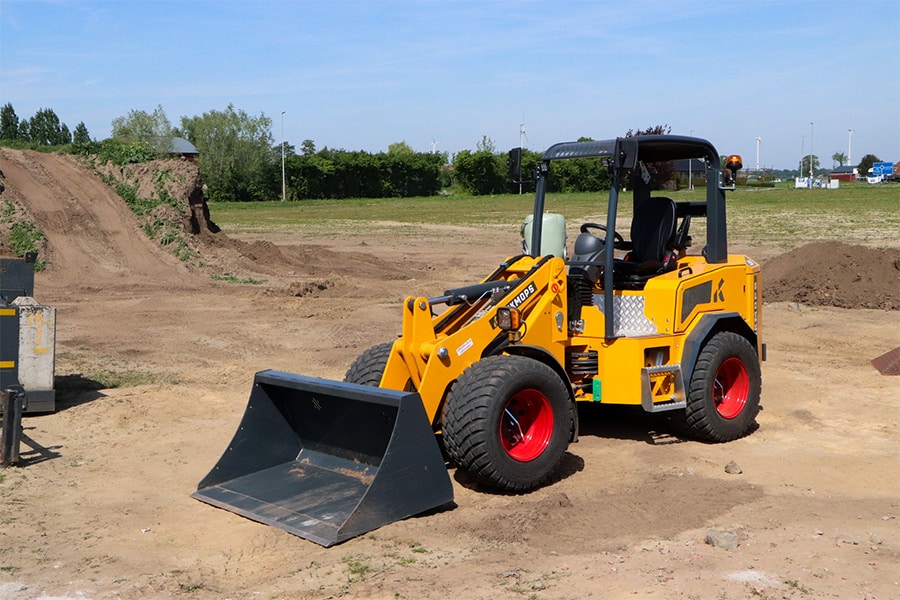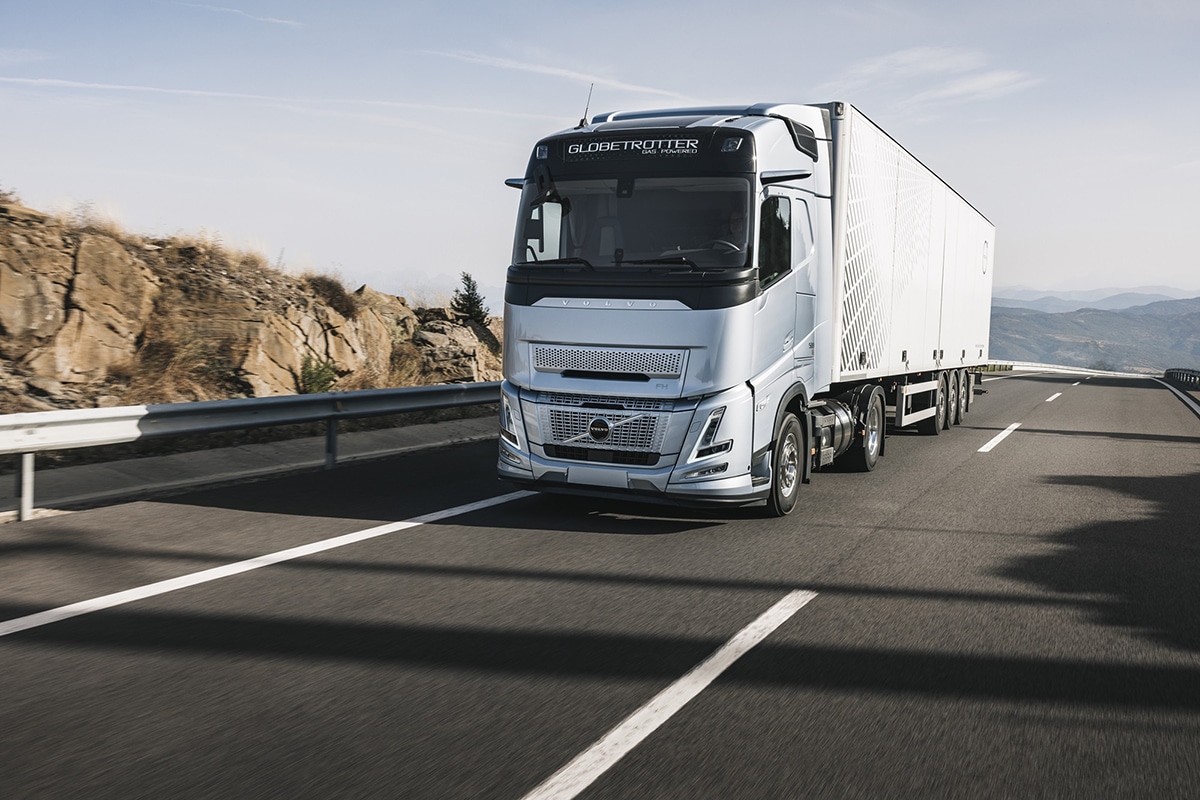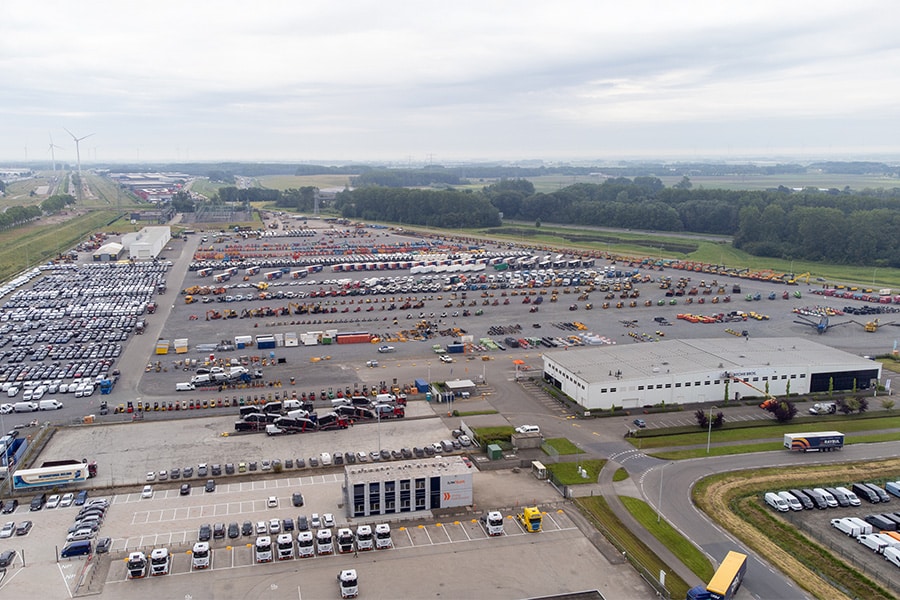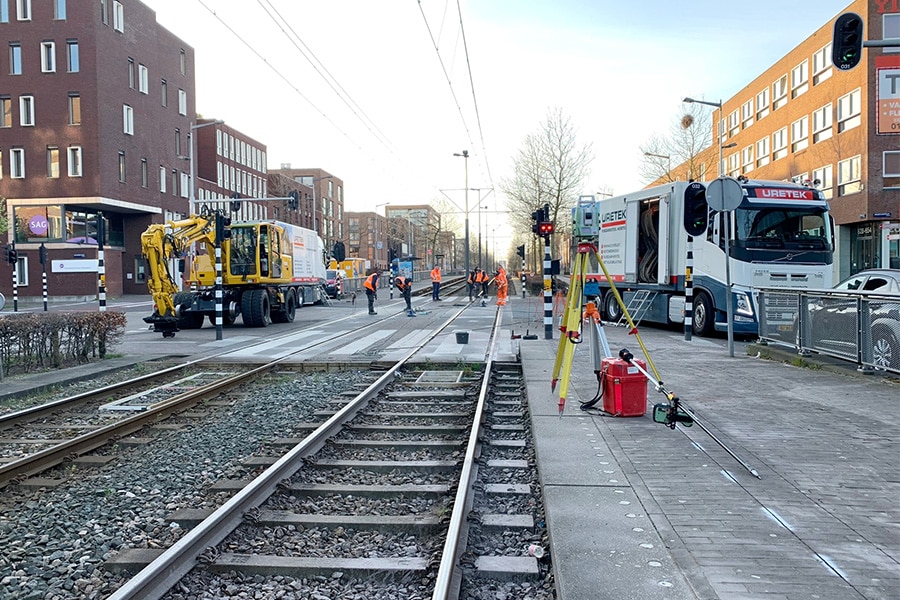
A reconnaissance study of improved traffic safety for cyclists on the Ziende Road
What routes and solutions are possible in the unusual, but also complex environment? The Ziendeweg is a long, narrow road with high traffic volumes at set times. Many motorists use the road as an alternative to county roads.
The road is part of the access to agricultural plots. There is also a lot of bicycle traffic for home-school-work and recreational use. All in all, the combination between the length and limited width of the road and the various traffic flows is not optimal and traffic safety is at stake. Iv-Infra was commissioned by the municipality of Alphen aan den Rijn to perform an exploratory study on how best to improve the traffic situation for cyclists.
The Seeing Road
The Ziendeweg is an approximately 3.5 km long, narrow road that, in addition to connecting Zwammerdam and Nieuwkoop, also provides a connection to Bodegraven, the A12 and the N231 towards Uithoorn. For cyclists it is the only connection between Zwammerdam and Nieuwkoop without having to make a detour. It is also an important recreational route (Green Heart, Nieuwkoop lakes) and part of the Cycle Junction Network.

A crown jewel with challenges
What is unique about the area of the Ziendeweg is that it is the only place in the world where the polder is drained by an operating mill corridor without mechanical assistance. What else makes the area special is its high landscape and archaeological value, its ecology and the many cultural-historical elements that are very important and characteristic. The area is seen as the province's crown jewel, and that brings with it an equal challenge. Crown jewels are subject to the general guideline of preserving exceptional quality. This guideline indicates how the province in principle wants to deal with developments in terms of cultural history and spatial quality. Here, cultural history is the bearer of spatial development. The Ziendeweg has looked like this for almost 800 years.
A complex puzzle
What makes the environment complex are the limited space and traffic flow. Projects being carried out in the surrounding area that affect this project also pose a challenge. For example, the Rhineland Water Board is going to carry out a dike reinforcement project on a dike adjacent to Ziendeweg. Thus, the solution ultimately chosen must be one that will not interfere with the implementation of the dike reinforcement project.
Because of the limited space, any modification affects the surrounding area. The road is only three meters wide and contains many lay-bys. That makes the possibilities for change very limited. On top of that, we are dealing directly with private land. So it is a complex puzzle to safeguard all interests. In order to arrive at a widely supported solution, landowners and other stakeholders have been involved from the very first project phases. Due to the corona pandemic, which had just broken out at the start of this project, this admittedly took place in a different form than usual.
Different variants
Iv-Infra was asked to identify what is possible with regard to the separate bike path and what is possible on the road itself. At the start of the exploratory study, several routes that were worthy of further investigation were developed into a sketch design. Broadly speaking, these were a separate bike path in the polder, a separate bike path next to the Ziendeweg (east and west) and improving the traffic safety of the Ziendeweg itself. These alternative routes were compared on the basis of interfaces with space and the environment, stakeholder interests (landowners, local residents and interest groups) and costs, among other things. The exploratory study has been approached integrally to ensure that the outcome is a solution that on the one hand increases bicycle safety and is supported by landowners and stakeholders, and on the other hand fits flawlessly within the special environment and causes the least possible impact on the surroundings. The routes were therefore not only considered from a civil engineering perspective.
An environmental scan was conducted during the exploratory phase in order to gain insight into all the factors that may influence and thus play a role in the feasibility of a route. This included topics such as archaeology and cultural history, soil and water (hydrology), ecology, planning, cables and pipes, traffic and recreation and tourism. Discussions with landowners and stakeholders were also part of this inventory.

Engaging Stakeholders
Because of the corona measures, the various routes could not be presented to landowners and stakeholders via a regular residents' evening, so this took place through personal kitchen table discussions. During these meetings, the points of view with regard to the variants were clarified. These were then translated into a matrix with support pillars, from which could be derived how landowners and residents viewed certain variants. Ultimately, all the information from the environmental scan and the kitchen table talks was funneled into a deliberation model.
Bike lane or road closure?
The conclusion was quite quickly that a free-lane bike path in an open area is not realistic. Close to the road is the best place, because then you follow the existing infrastructure as much as possible and have to adapt to the surroundings as little as possible. Regarding the possibilities on the Ziendeweg, it turned out that the only added value would be to close it to motorized traffic, leaving only destination traffic and agricultural vehicles to use the road.
Iv-Infra is currently elaborating on the design of the bike path and, together with surrounding municipalities, is considering what it would mean if Ziendeweg were closed to motorized traffic. The mayor and aldermen have stated that closing Ziendeweg is the preferred option at this time. However, this variant still needs to be properly studied because closing the road will affect residents and other roads. This summer, the results will be presented to the board and a decision will be made whether to build a separate bike path or to close the road to motorized traffic.



